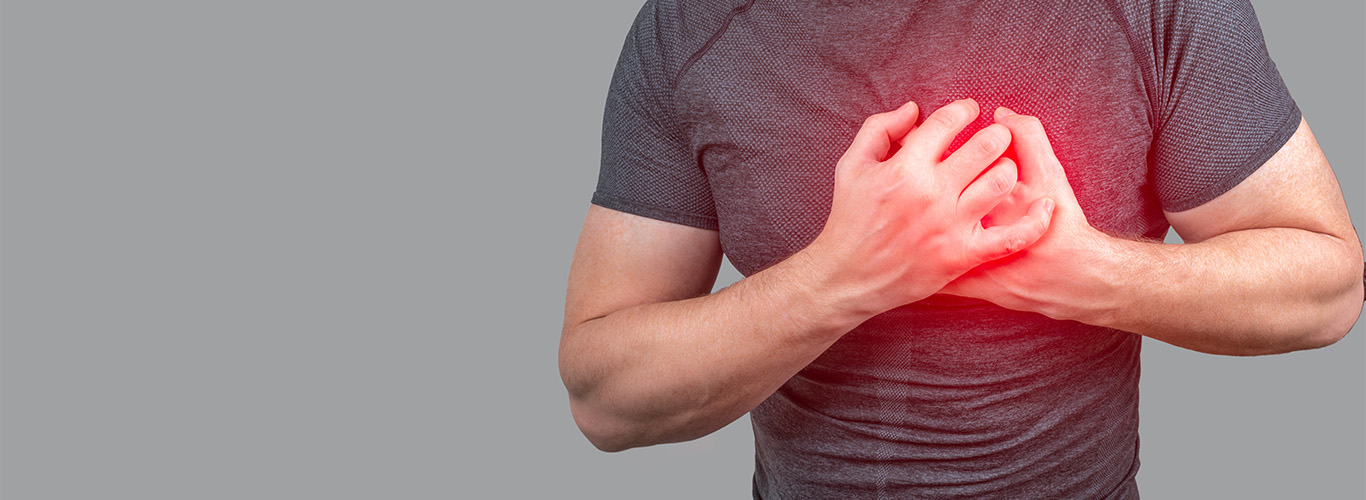Poor circulation is a condition that can creep in quietly, affecting your health without obvious warning signs at first. It happens when blood flow through your arteries and veins becomes restricted, which can impact your organs, muscles, and overall energy levels.
Recognizing the early signs of poor circulation is key to preventing serious complications like blood clots, nerve damage, or even stroke. In this guide, we explore what causes poor circulation, how to spot the symptoms, and what you can do to improve your blood flow and overall vascular health.
What Causes Poor Circulation?
Several conditions can lead to restricted blood flow. Common causes include:
- Peripheral artery disease (PAD): Narrowing of arteries in the limbs due to plaque buildup.
- Diabetes: High blood sugar can damage blood vessels over time.
- Obesity: Excess weight puts pressure on veins and arteries.
- Smoking: Damages blood vessels and reduces circulation.
- Varicose veins: Can affect how blood flows through the legs.
- Sedentary lifestyle: Lack of movement weakens circulation and heart efficiency.
Poor circulation isn’t always obvious — but your body often gives small clues when something is wrong.
Common Signs and Symptoms to Watch For
Being aware of these symptoms can help you seek medical advice before things worsen:
1. Cold Hands and Feet
If your extremities often feel cold, even in warm weather, it may be due to limited blood reaching those areas.
2. Numbness or Tingling
Frequent “pins and needles” in your fingers or toes can signal nerve or blood flow issues.
3. Swelling in the Legs or Feet
Fluid buildup, especially at the end of the day, can be caused by poor venous return.
4. Muscle Cramps During Activity
Leg pain or cramping when walking (claudication) may be a sign of PAD.
5. Slow Healing Wounds
Cuts or sores that take a long time to heal may not be getting enough blood supply.
6. Changes in Skin Color or Texture
Pale, blue, or shiny skin may reflect reduced oxygen supply.
7. Fatigue or Lack of Energy
Poor circulation can affect your energy levels and stamina throughout the day.
How Poor Circulation Affects Your Body
Poor circulation isn’t just uncomfortable — it can lead to long-term damage if untreated:
- In the brain: May increase the risk of stroke or cognitive decline.
- In the heart: Can contribute to high blood pressure or heart disease.
- In the limbs: Can lead to chronic pain, ulcers, or even tissue death in severe cases.
Tips to Improve Blood Flow Naturally
Small daily changes can support better circulation and reduce your risk of complications:
Stay Active:
Exercise improves blood flow, especially aerobic activities like walking, swimming, or cycling.
Eat a Heart-Healthy Diet:
Foods rich in omega-3s, fiber, and antioxidants help strengthen blood vessels.
Stop Smoking:
Quitting tobacco dramatically improves circulation within weeks.(for varicose veins and venous insufficiency)
Elevate Your Legs:
Raising your legs during rest reduces swelling and helps venous return.
Wear Compression Stockings:
These help promote blood flow in the legs and reduce swelling.
Stay Hydrated:
Drinking water helps keep blood viscosity at healthy levels for circulation.
Frequently Asked Questions (FAQs)
1. Is poor circulation a sign of heart disease?
It can be. Poor circulation may indicate an underlying vascular issue that affects the heart or arteries.
2. Can poor circulation be reversed?
Yes, in many cases. Lifestyle changes, medications, and early treatment can significantly improve blood flow.
3. Should I be worried about tingling in my feet?
If it happens often, it’s best to see a doctor. It could be a sign of nerve or circulation problems.
4. Do I need tests to diagnose poor circulation?
Yes. Doctors may recommend a Doppler ultrasound, ankle-brachial index, or blood tests to evaluate your circulation.
5. When should I see a specialist?
If you have persistent swelling, pain while walking, numbness, or slow-healing wounds, consult a vascular specialist.
Final Thoughts
Poor circulation may not always shout for attention — but it’s a warning sign your body can’t afford to ignore. By learning to recognize the symptoms early and taking simple steps to support your vascular health, you can protect your organs, boost your energy, and stay ahead of potential complications.
If you’re experiencing signs of poor circulation, don’t wait. Reach out to a healthcare provider to discuss screenings and personalized solutions to improve your vascular health.







